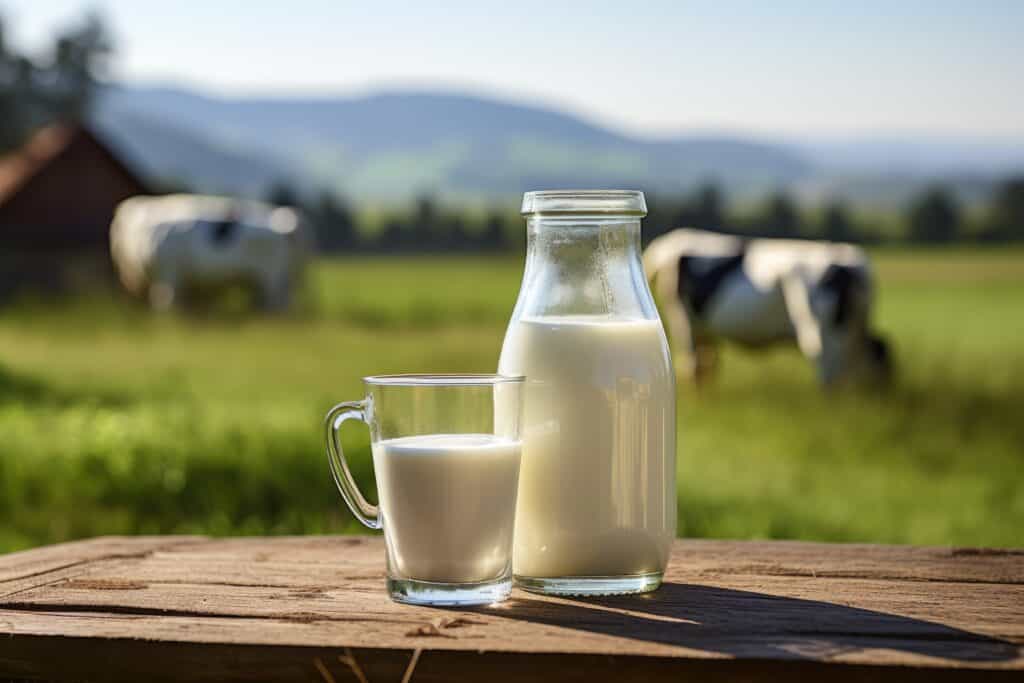A study conducted by The James Hutton Institute and Norway’s Ruralis Institute for Rural and Regional Research has explored the socio-economic consequences of introducing cultivated proteins and a carbon tax into the food system.
The research, which focused on Norway, modelled two scenarios – one where a carbon tax is introduced and one where it is not. The results indicate that, regardless of the tax, beef, lamb, milk, and eggs are more vulnerable to market competition from cultivated alternatives than chicken and pork.
The loss of market share would be much more rapid if the carbon tax were implemented, since the cost of animal products would significantly increase. However, pork and chicken would likely prove more resilient, as they generate much lower emissions.
Based on related research within the project, it was assumed that consumers would largely be willing to treat cultivated and conventional proteins as interchangeable, with price as the main factor influencing their choices.

“Potential for disruption”
The study notes that in many countries, support payments to the livestock sector will make it difficult for cultivated alternatives to compete on price. Several organisations, including the World Bank, have recommended shifting subsidies away from animal agriculture and towards lower-emission foods.
But even with the support given to conventional animal products, a recent report found that cultivated products are becoming increasingly viable. Dramatic reductions in the cost of cell culture media, improvements in cell densities, and more efficient bioreactors could all help cultivated products to compete with their conventional counterparts.
“While there are still plenty of uncertainties here – such as whether technologies will ever improve to the point where cultivated proteins are commercially viable – this study suggests that sheep and cattle rearing could be most vulnerable to competition, especially if a carbon tax is introduced,” said Dr Nick Roxburgh, a Social Systems Simulation Modeller at The James Hutton Institute. “We would expect this to be true in the UK as well as in Norway. Given the potential for disruption, it will be important to plan carefully for the possible impacts of cultivated proteins on livestock farming and rural livelihoods.”




